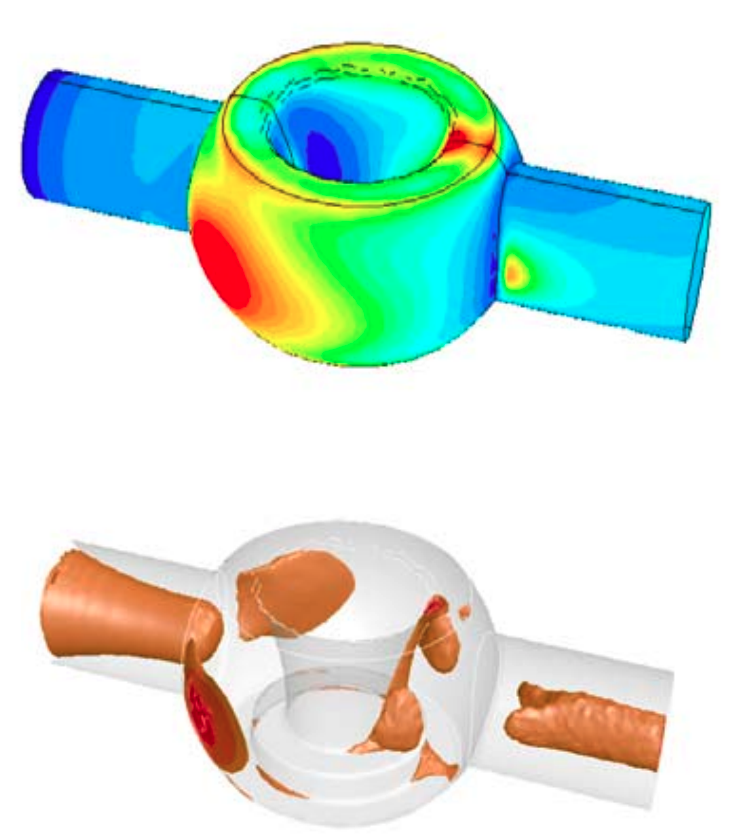-
Client
Undisclosed
-
Business need
Prediction of high risk areas in pipe geometry allowing the pipe work to be designed more hygienically, reducing the amount spent on cleaning processes.
-
Why Frazer-Nash?
Experts in the application of CFD to complex problems.
The challenge
Increasing throughput without sacrificing quality or risking contamination is a problem faced by many food processing companies.
With this in mind the food industry spends significant amount of money on Cleaning in Place (CIP), through both water supply/disposal costs and production line down-time. Reducing the length and regularity of cleaning cycles is the key challenge to reducing overhead without increasing hygiene risk.
Using analytical modelling techniques to predict fouling in pipework and process equipment will allow the food industry to develop hygienic system designs, reduce cleaning overheads and improve cleanliness.
Our solution
Computational Fluid Dynamics (CFD) is an advance analytical simulation tool used across many industries for the prediction of fluid flows.


